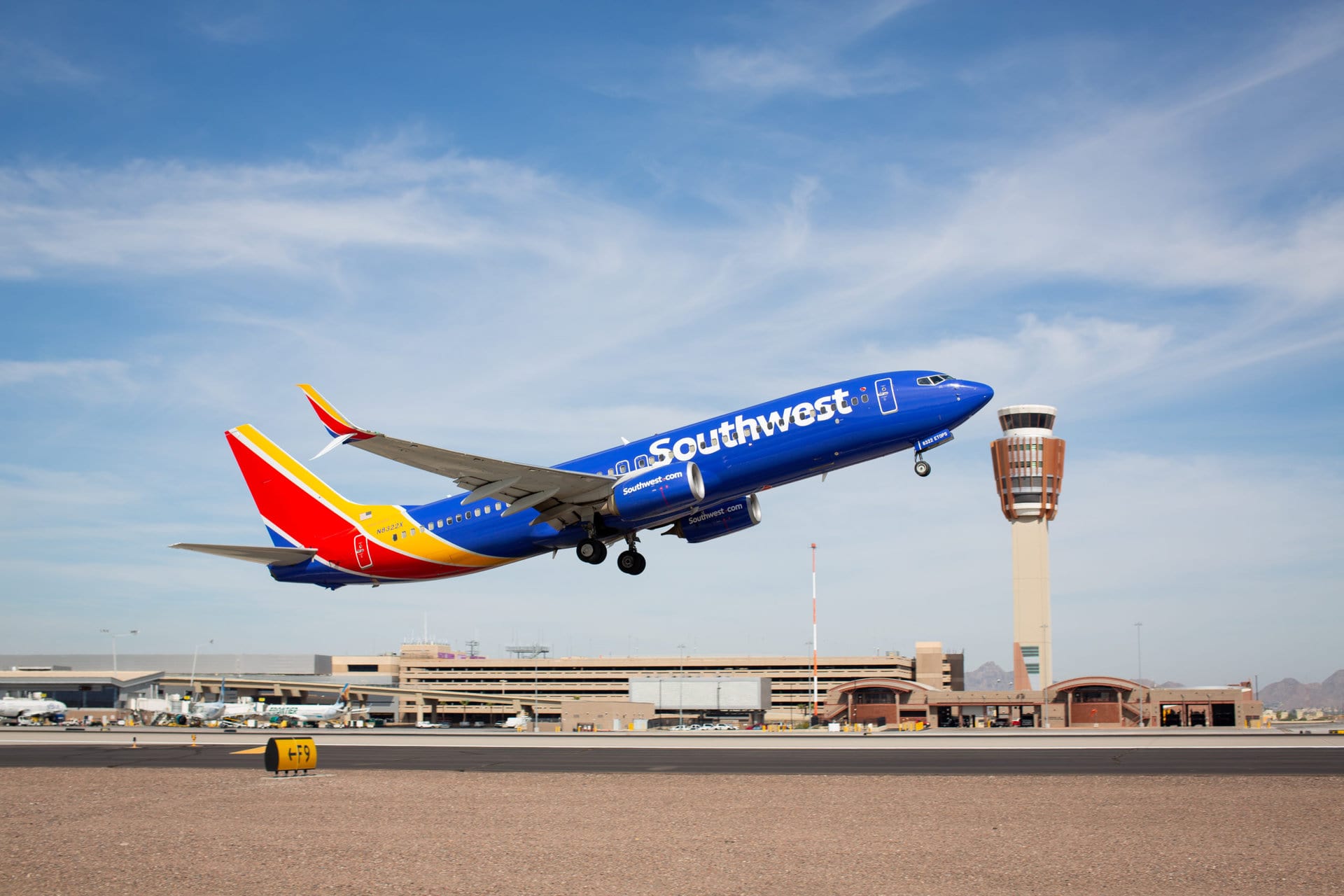Phone Calls Officially Allowed on EU Flights from 2023
Passengers flying within Europe will be able to make calls, text, and use mobile data
by Lauren Smith
December 8, 2022

Photo: Courtesy of Javier Cañada / Unsplash
Travelers on flights within the European Union will be permitted to use their cell phones without enabling airplane mode from next year, allowing them to make phone calls, text, stream music and video, and play games.
The European Commission has also ruled that airlines can provide next-generation cell network 5G and other mobile technologies onboard planes to enable this connectivity. Member states have until the end of June 2023 to set aside 5G frequency bands for airplanes.
Thierry Breton, EU Commissioner for the Internal Market, said that onboard “5G will enable innovative services for people and help European companies grow.”
“The sky is no longer a limit when it comes to possibilities offered by super-fast, high-capacity connectivity,” he added.
Airlines could employ 5G networks to provide high-speed internet, ending the notoriously slow and patchy in-flight Wi-Fi era.
Currently, carriers worldwide require passengers to turn off their cell phones or enable airplane mode—with all radio-frequency signal transmission technologies, including telephony, mobile data, Wi-Fi, and Bluetooth, switched off—before takeoff and while the plane is airborne. Experts say that regulators put these rules in place due to a need for knowledge about how mobile data might impact flight communications. But research now suggests that risk is minimal, at least in Europe.

Photo: Courtesy of Kenny Eliason / Unsplash
“There was a concern [cell phones] could interfere with automatic flight control systems,” Dai Whittingham, chief executive of the UK Flight Safety Committee, told the BBC. “What has been found with experience is the risk of interference is very small.”
But concerns are still high in the United States, where worries about 5G antennas on the ground interfering with aircraft safety equipment led to the cancellation and diversion of flights earlier this year.
The split between the policies of the United States and Europe isn’t down to different risk tolerance. On the contrary, 5G networks are fundamentally different between the continents, with implications for their potential interference with aircraft equipment.
U.S. airlines and the Federal Aviation Administration are specifically worried about cell networks disrupting planes’ radio altimeters, which measure the altitude at which aircraft are flying over the ground and are crucial for landing in poor visibility.
Altimeters operate at around 4.2 to 4.4 GHz frequencies, while 5G networks in the U.S. use 3.7 and 3.98 GHz, meaning that there’s only a thin buffer between the two frequencies, known as gap spacing.
Some altimeters without up-to-date filtering technology may pick up interference from devices on these nearby 5G frequencies.

Photo: Courtesy of Bambi Corro / Unsplash
“If you don’t have this type of [filter] to keep the signal in sync, it can pick up background noise, like from onboard devices, and that could alter the readings,” Shrihari Pandit, co-founder and CEO of the internet provider Stealth Communications, explained to the Washington Post.
U.S. cell carriers are currently restricting 5G near airports until airplanes can be retrofitted with radio altimeters with filtering technology.
In Europe, 5G networks operate at lower frequencies, further away from those used by aircraft equipment. “There is much less prospect of interference [in Europe],” Whittingham said. “We have a different set of frequencies for 5G, and there are lower power settings than those that have been allowed in the U.S.”
While some passengers will welcome the ability to use their phones in the air, others are wary and concerned about seatmates holding loud phone conversations throughout the flight. Others may mourn the break from the constant barrage of notifications while flying.




